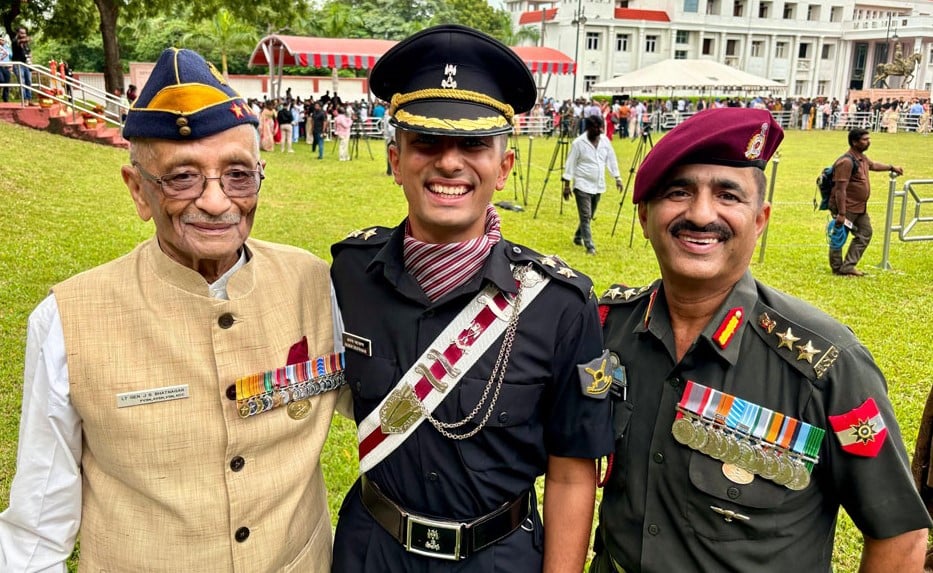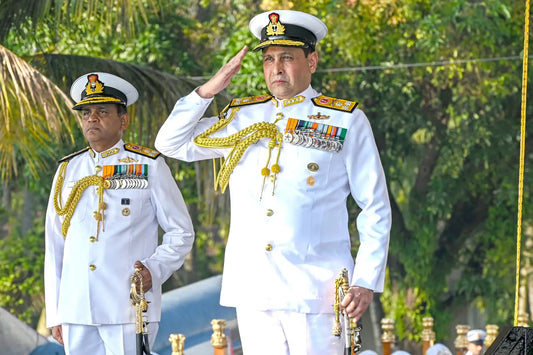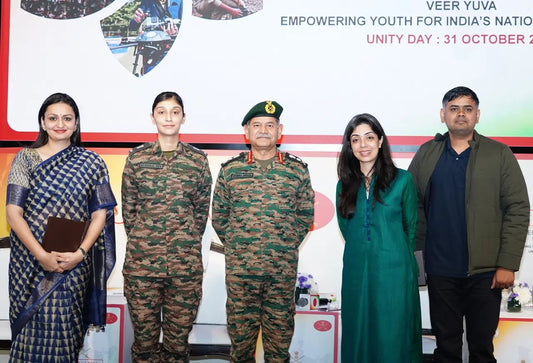Becoming a Lieutenant: A Comprehensive Guide to Joining the Indian Army as an Officer

Choosing to become a Lieutenant in the Indian Army is not just a career decision but a profound commitment to serving the nation with honor, discipline, and integrity. The role of a Lieutenant is vital as it involves leading troops, ensuring operational readiness, and maintaining the welfare of soldiers. This article provides aspiring candidates with a detailed pathway to achieving this esteemed rank, outlining eligibility criteria, examinations, training, career advancement, and the challenges they may encounter along the way.
Introduction
The Indian Army stands as one of the largest and most respected military forces globally, ensuring national security and contributing to international peacekeeping. Within this distinguished organization, the rank of Lieutenant is of great importance. As the entry-level officer position, Lieutenants are the frontline leaders, responsible for managing platoons and acting as a crucial liaison between the upper command and soldiers. This article guides you through the essential steps to becoming a Lieutenant, clarifying the selection process and emphasizing the dedication required to wear the uniform.
Historical Context
The Indian Army's establishment has historical roots dating back to the British colonial period. After gaining independence, the army's role significantly evolved, underscoring professionalism, competence, and integrity. The position of Lieutenant has historically been central to the military hierarchy, where young officers learn the complexities of military leadership. Its significance has grown in modern times, given the challenges posed by contemporary warfare and peacekeeping missions.
Understanding the Path to Becoming a Lieutenant
The journey to becoming a Lieutenant involves several crucial stages, starting with meeting eligibility criteria and culminating in being commissioned as an officer.
Eligibility Criteria
| Criterion | Details |
|---|---|
| Nationality | Must be Indian citizens. |
| Age Limits |
|
| Educational Qualifications |
|
| Physical Fitness | Stringent standards, including ideal measurements for height, weight, vision, and endurance tests. |
| Marital Status | Must typically be unmarried, especially for NDA and technical entries. |
Entrance Exams and Selection Process
Clearing one of the key entrance exams is a critical step on the path to becoming a Lieutenant.
National Defence Academy (NDA) Examination
The NDA exam targets school students aiming to join the Army immediately after higher secondary education. Conducted by the Union Public Service Commission (UPSC), it includes a written exam followed by an SSB interview.
| Component | Description |
|---|---|
| Written Exam | Includes Mathematics, General Ability Test (GAT), and English, assessing aptitude and knowledge. |
| SSB Interview | Focuses on psychological assessments to determine suitability for an officer's role, with tasks evaluating leadership and teamwork. |
Combined Defence Services (CDS) Examination
The CDS exam, also conducted by UPSC, is for graduates seeking entry into the Indian Army, Navy, or Air Force.
| Component | Description |
|---|---|
| Written Exam | Includes English, General Knowledge, and Mathematics. |
| SSB Interview | Similar to NDA, emphasizes psychological and physical assessments along with personal interviews. |
Medical Examination
After passing the SSB interviews, candidates undergo a thorough medical examination to ensure they meet health standards. This examination evaluates physical and mental health to confirm candidates can handle military training and operations.
Intensive Military Training
Upon clearing the medical examination, candidates begin their military training, which varies by entry route:
| Training | Description |
|---|---|
| Training at the NDA | A prestigious three-year program in Pune for NDA exam entrants, followed by one year at the Indian Military Academy (IMA) in Dehradun. |
| Training at the IMA | For CDS candidates, training lasts around 18 months at the IMA. |
Both training programs include rigorous physical fitness routines, combat training, leadership training, and tactical skills related to counter-insurgency.
Commission and Rank
After successfully completing their training, cadets are commissioned as Lieutenants in the Indian Army.
| Aspect | Details |
|---|---|
| Rank and Insignia | Lieutenants wear two stars on their shoulder epaulettes, denoting their authority and leadership. |
| Roles and Responsibilities | Responsible for leading a platoon of about 30 to 60 soldiers, conducting tactical operations, maintaining discipline, and ensuring soldier welfare. |
Salary and Career Progression
The Indian Army offers notable financial benefits and career growth opportunities.
| Aspect | Details |
|---|---|
| Starting Salary | A Lieutenant can expect a basic pay of around ₹56,100, with allowances, leading to an in-hand salary of approximately ₹80,000 per month. |
| Promotion Path |
|
Career progression is not only rank-based but also involves gaining various qualifications and skills, providing officers with diverse opportunities for specialization.
Challenges and Solutions
The journey to becoming a Lieutenant is structured yet challenging.
| Challenge | Solution |
|---|---|
| Physical and Mental Endurance | Preparation focused on physical fitness and psychological readiness can help overcome these challenges. Engaging in physical training and consulting resources like SSBCrack can aid candidates. |
| Academic Pressure | Utilizing study resources like books and online courses from SSBCrackExams can assist candidates in effectively preparing for exams. |
| Adaptation to Military Culture | Support from mentors, senior officers, and training peers can help new officers adjust to the military's disciplined environment. |
Future Trends and Predictions
As global geopolitical landscapes change, the Indian Army's role is expected to expand. Future trends may include:
| Trend | Description |
|---|---|
| Technological Advancements | The integration of advanced technology in warfare requires Lieutenants to stay updated on technical skills, including cyber awareness and tech-based warfare tactics. |
| Focus on Leadership Skills | With evolving military strategies, there will be an emphasis on developing soft skills, such as emotional intelligence and decision-making ability for effective leadership at all levels. |
| Diversity and Inclusion | Encouraging a diverse range of candidates will become essential, leading to policies that support inclusivity within military ranks. |
Conclusion
The path to becoming a Lieutenant in the Indian Army is structured, challenging, and profoundly rewarding. From meeting the eligibility criteria to passing competitive exams, undergoing intense training, and ultimately securing a leadership role, this journey demands unwavering dedication and commitment. With attractive salary packages and potential for rapid career progression, the role tests an individual's mettle while offering a chance to make a significant impact on the nation.
For those aspiring to wear the uniform, engaging with platforms like SSBCrack and utilizing their preparatory materials can provide a crucial advantage, ensuring candidates are thoroughly prepared for the challenges ahead. The call to serve is one of great honor and responsibility. Embrace the challenge, and prepare to lead with valor!



















